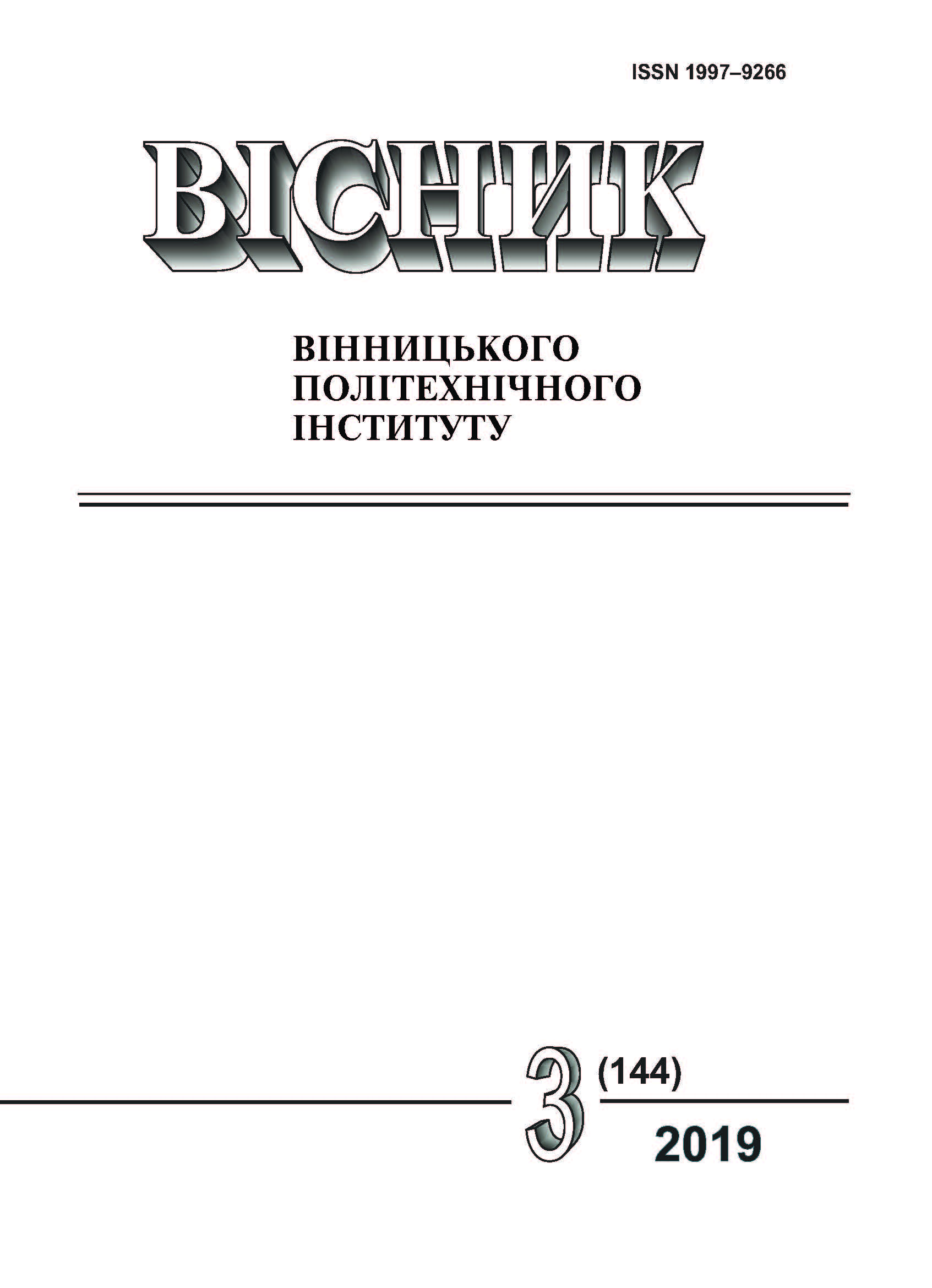On the Issue of Optimization of Electric Car Movement with Asynchronous Electric Drive
DOI:
https://doi.org/10.31649/1997-9266-2019-144-3-32-39Keywords:
squirrel-cage induction motor, electric car drive, frequency control, optimization of modes, accumulator battery, minimum energy loss criterionAbstract
It is shown that the results obtained in the research of a number of scientists devoted to solving the problem of frequency control of the modes of operation of a Squirrel-cage induction motor, optimal for the criterion of minimum electrical losses, require significant correction, since they are obtained using a mathematical model of the magnetization curve approximated by two straight line segments, the top of which runs parallel to the axis of current that does not meet the physical conditions of the real functioning of induction machines and requires a stabilization of the magnetic flux in the gap at a level that is specified horizontal magnetization curve regardless of changes in frequency current in the stator winding. It is proposed to solve the problem of the optimal criterion for minimizing the losses of electric energy of frequency control of the modes of operation of a Squirrel-cage induction motor, which is a traction in the electric car, using a mathematical model of the magnetization curve in the form of an inverse hyperbolic sinus, which, with high accuracy, binds the electric current in the stator winding of the induction motor with a magnetic flux created by the field of this current, and therefore corresponds to the physical conditions of the real functioning of induction machines. Presented the results of the solution of the problem of optimal frequency control by the modes of a Squirrel-cage induction motor in the conditions of its work as a traction in the electric car motor drive system obtained using the Lagrange variational method option and the mathematical model of the magnetization curve in the form of an inverse hyperbolic sinus and which lead to the field of extremals in coordinates relative time, relative velocity of electric vehicle and relative current in winding of a stator of its driving electric motor.
References
В. А. Лобатюк, О. Б. Мокін, та Б. І. Мокін, Математичні моделі оптимального руху електромобілів з електроприводом постійного струму. Вінниця, Україна: ВНТУ, 2019.
В. А. Вартабедян, Загальна електротехніка. Навчальний посібник, 4-е вид., перероб. і доп. В. А. Вартабедян. Київ, Україна: Вища школа, 1986, 359 с.
Alfredo Munoz-Garcia, Thomas A. Lipo, and Donald W. Novotny. “A New Induction Motor V/f Control Method Capable of High-Performance Regulation at Low Speeds,” IEEE transactions on industry applications, vol. 34, no. 4, July/August 1998.
Ю. П. Петров, Вариационные методы теории оптимального управления. Москва-Лениград: Энергия, 1965, 220 с.
О. Б. Мокін, Б. І. Мокін, та Д. А. Шокарьов, «До питання про характеристики частотно-регульованого електропривода з короткозамкненим асинхронним електродвигуном,» Вісник Вінницького політехнічного інституту, № 2, с. 35-39, 2015.
Б. І. Мокін, та О. Б. Мокін, «Математичні моделі характеристики намагнічування електричного двигуна постійного струму з послідовним збудженням та їх порівняльний аналіз,» Вісник КрДПУ, вип. 3, 2005.
В. Г. Герасимова, и др., «Электромеханические устройства,» в Электротехнический справочник, в 3-х т. Под общ. ред. проф. МЭИ В. Г. Герасимова, 6-е изд., испр. и доп. М.: Энергоиздат, 1981, т. 2, 640 с.
И. Н. Бронштейн, и К. А. Семендяев, Справочник по математике для инженеров и учащихся втузов. Москва: Наука, 1967, 608 с.
Downloads
-
PDF (Українська)
Downloads: 211
Published
How to Cite
Issue
Section
License
Authors who publish with this journal agree to the following terms:
- Authors retain copyright and grant the journal right of first publication.
- Authors are able to enter into separate, additional contractual arrangements for the non-exclusive distribution of the journal's published version of the work (e.g., post it to an institutional repository or publish it in a book), with an acknowledgment of its initial publication in this journal.
- Authors are permitted and encouraged to post their work online (e.g., in institutional repositories or on their website) prior to and during the submission process, as it can lead to productive exchanges, as well as earlier and greater citation of published work (See The Effect of Open Access).





